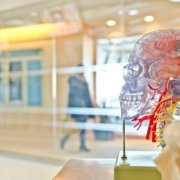Now you’ve been through the Learning Path, but you’re not finished yet. By now you should:
- Have an understanding of what causes stress and how to work with motivation and well-being
- Have insight into the neurochemistry behind stress
- Knowledge about how to avoid stress.
Finalize this Learning Path by taking this quiz.


 Photo by Jeremy Bishop on Unsplash
Photo by Jeremy Bishop on Unsplash





